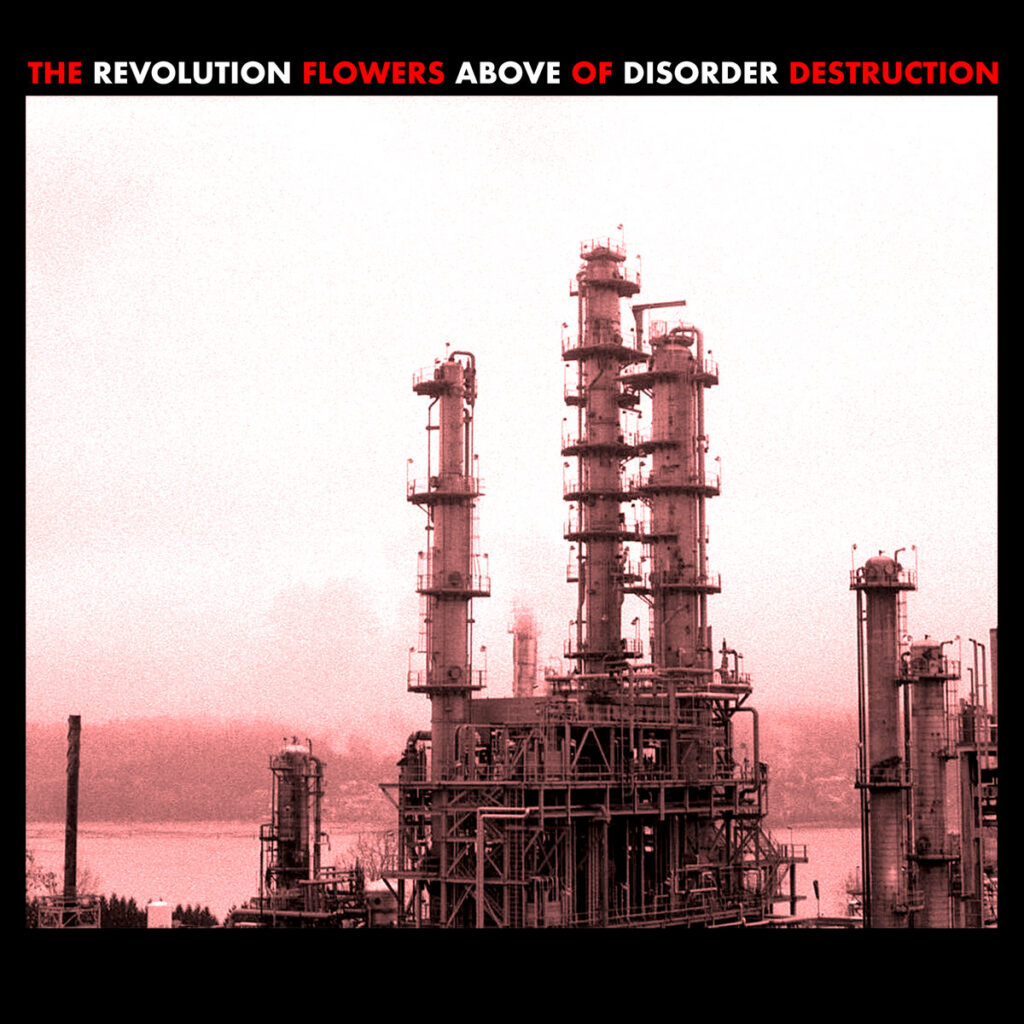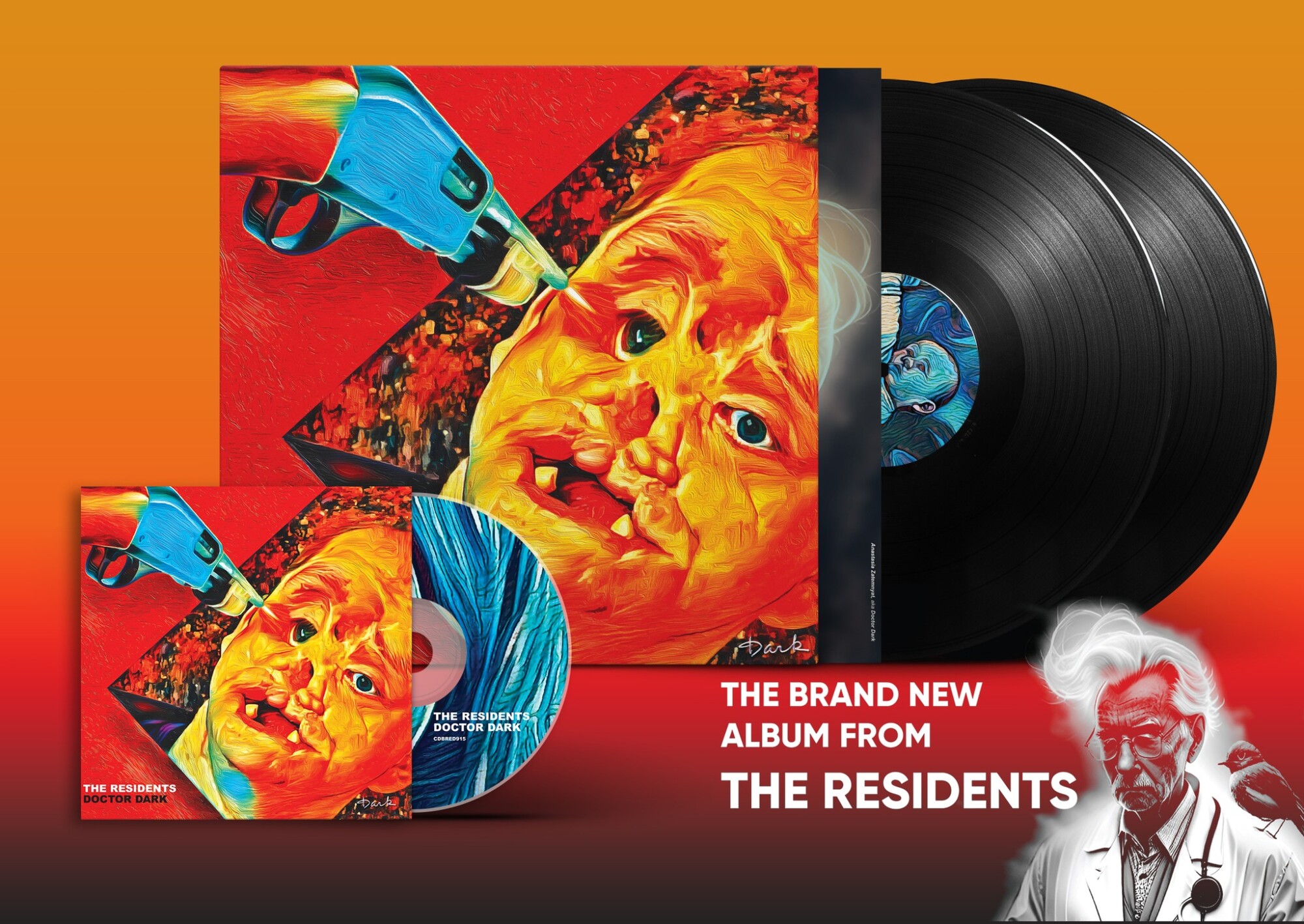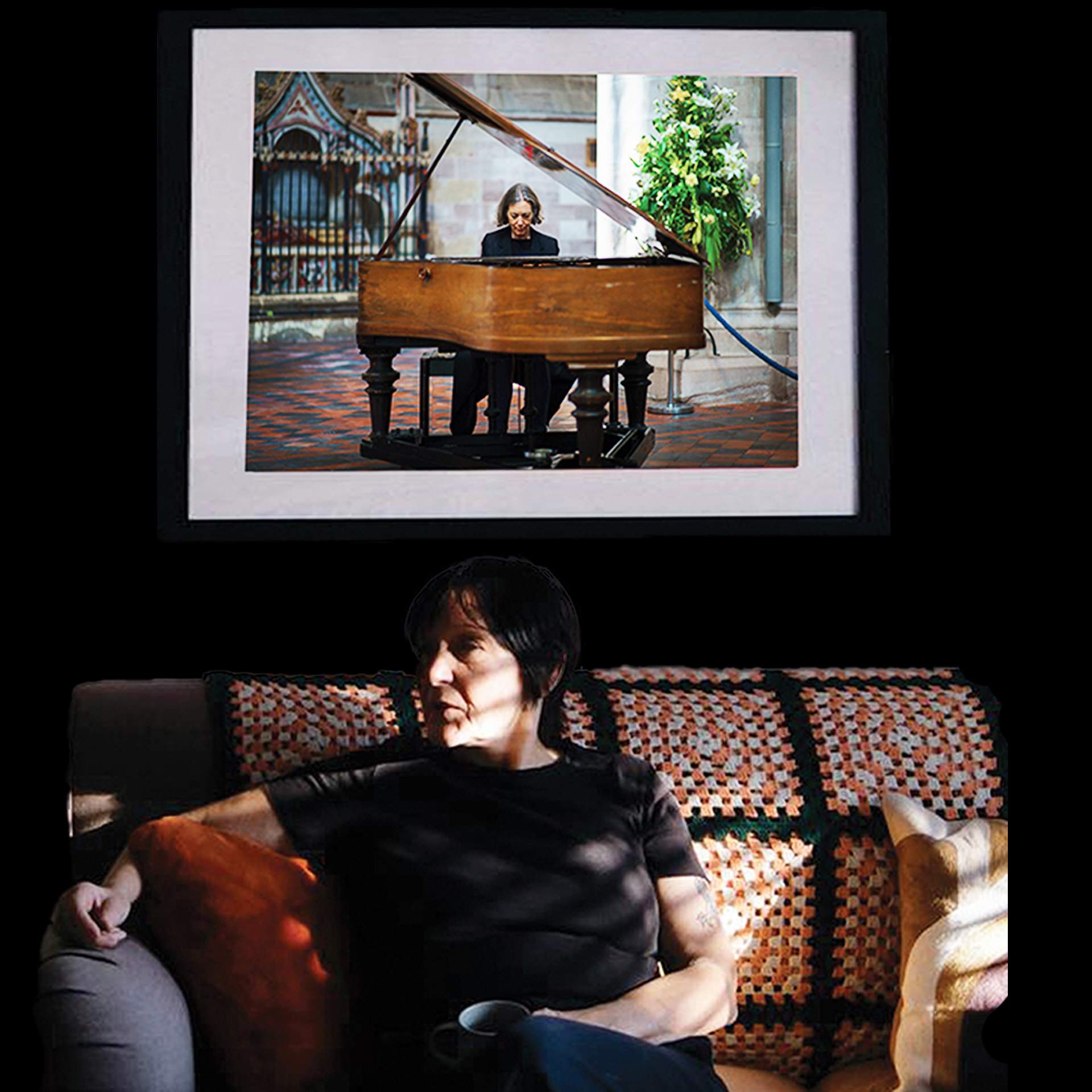‘The Flowers of Destruction’ by Revolution Above Disorder
Exclusive video premiere of ‘The Flowers of Destruction’ by Canadian music project Revolution Above Disorder.
The Flowers of Destruction dives into that gritty, messed-up beauty of being human, where darkness and light collide with reckless grace. Stav channeled a mix of influences, drawing from ’90s big-beat and trip-hop, rooted in years of late-night raves and relentless beats. The lyrics came to life in a single rush, inspired by wabi-sabi’s embrace of broken beauty.

“I’ve always had an innate fascination with the balance of opposites within all things”
Thematically, ‘The Flowers of Destruction’ taps into the “messed-up glory” of the human condition, embracing both darkness and beauty. What was the initial spark for this track?
Stav White: I had the music and melodies before I had any lyrics, but ultimately, they came out in one go, pretty much fully formed. I’ve always had an innate fascination with the balance of opposites within all things—the opposing forces that are interconnected and interdependent, and the tension that exists between them. At the time of writing, I’d been thinking about the Japanese philosophy of wabi-sabi, the beauty in the broken. I’m drawn to that quality in most things, whether in art or in people themselves. It’s those who have endured the most chaos that have the most wisdom to share.
There’s a clear duality between ‘The Flowers of Destruction’ and ‘Pills For Us All’—one revels in excess, while the other reflects on the aftermath with a quiet sense of loss. How do you see this dynamic playing out in your own life or in broader society, and how did you approach capturing these opposing moods in the music?
I hadn’t initially planned to put these two tracks together, but when planning releases, I realized these songs represented two sides of the same coin, a wide spectrum of the human condition—the yin to the yang, if you will. We grapple with the reality of our existence and seek transcendence through any means necessary, whether it be religion, sex, TV, drugs…whatever. We contain multitudes, and it’s a complex and beautiful thing to embrace.
The mix of ’90s big-beat and trip-hop influences in ‘The Flowers of Destruction’ feels like a throwback to a powerful, rebellious sound.
In the end, I didn’t think much about how it would reflect today’s landscape. Being from Ireland, those genres are very much part of my musical DNA, and it’s music I return to time and time again. I spent a lot of time in my formative years at raves and various dens of iniquity, seeking my own form of transcendence to a steady pulse of electronic music. Blending that sound with guitars has always been my favorite thing.
Working with producers and mixers like Jason Corbett, Colin Stewart, and Andrea Volpato has clearly shaped the textures and tones of these tracks. What was the production process like?
For ‘The Flowers of Destruction,’ the production process wasn’t very straightforward. I wrestled with a case of “demo-itis” as I’d been sitting on the original lo-fi electronic demo for quite some time and had grown attached to its strange little sound. It was a track I kept returning to while working on a larger batch of songs—a studio track first and foremost, before any live version existed. Recording was a slow and methodical process, tracking one or two elements here and there and revisiting later, uncoupling my brain from the demo one step at a time. When I started working with Jason, it had tracks from multiple sessions and studios, so it was a matter of bringing it back to its essential components and allowing it to breathe. Jason approached it with no attachment to previous versions, bringing the necessary ruthlessness when I was being precious about unnecessary parts.
For ‘Pills for Us All,’ however, it was super easy. I had been tracking vocals for other songs at Andrea Volpato’s studio in Seattle, and we had time left over to try recording a song from scratch, so we went for ‘Pills for Us All.’ I think it only took a couple of hours to track it from the bottom up. Andrea programmed the beats and dialed in the synth sound very quickly; we didn’t have time to overthink it.
What was the concept behind the video, and how did working with directors Chris Merrell and Rob Zawistowski bring out the visual identity of the track?
The video is an abstract vision of escapism, the inevitable crash, and the desire to repeat—a cyclical loop where the ending takes it back to the start, symbolizing how we can become trapped in patterns of compulsion, that internal drive to abandon our realities.

The upcoming remixes by artists like Tim Holmes and Jagz Kooner promise some exciting reinterpretations. When you think about others remixing your work, what do you hope they bring out or amplify in these songs?
When I reach out to someone, it’s because I’m a big fan, and I want them to inhabit the track and imbue it with their own essence. Tim Holmes and Jagz Kooner certainly did that, as did A Place to Bury Strangers and Pete International Airport. Hearing remixes is always interesting because I have no idea which elements the remixer will push to the forefront and which they’ll discard. Often, they come up with ideas I wish I’d thought of for the original track!
Klemen Breznikar
Headline photo: Analissa Longoria
Revolution Above Disorder Facebook / Instagram / X / Bandcamp / YouTube




